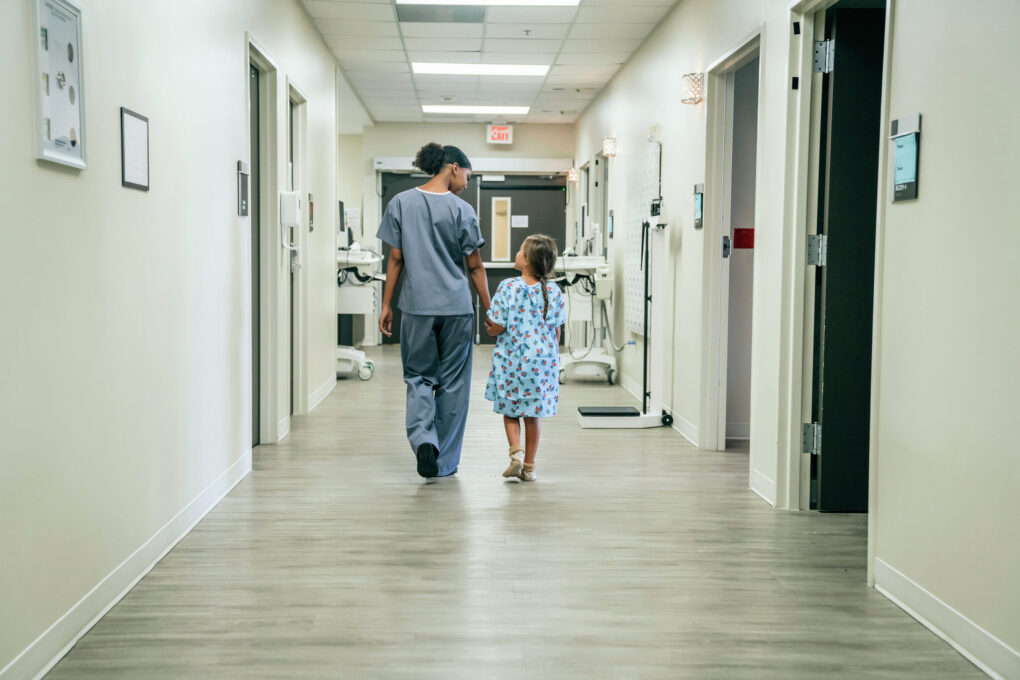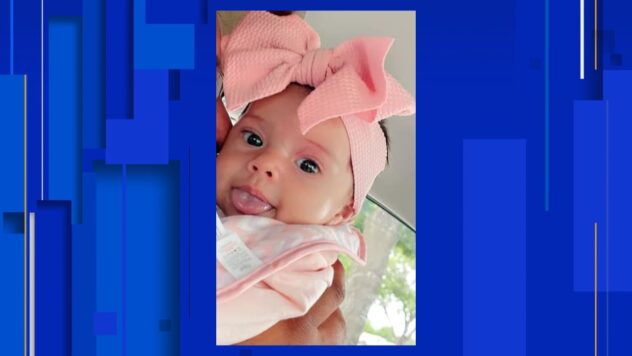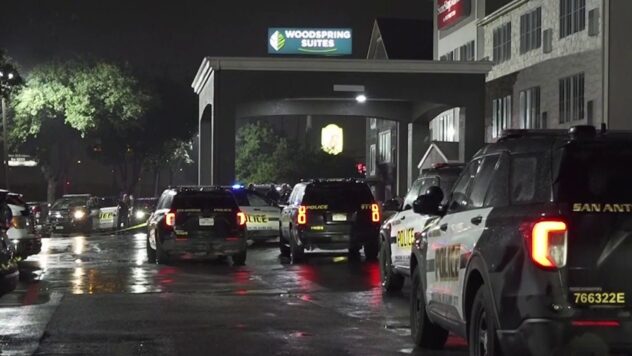30 pediatric ICU beds open in Texas as RSV, flu surge rages on

Only 30 pediatric ICU beds are available in the entire state of Texas as of Saturday, November 19, according to the Texas Department of Health and Human Services. Nine of the available beds are in the San Antonio area stretching to southwest Texas, the state’s COVID-19 hospitalization dashboard reported at the time of writing.
Although the data is readily available because of the global COVID-19 pandemic, the surge in pediatric hospitalizations is partially related to the concurrent tsunami of flu and RSV cases, or respiratory syncytial virus. Both the American Academy of Pediatrics and Children’s Hospital Association petitioned the Biden Administration to declare an emergency over the concurrent surges, also noting the continuing children’s mental health emergency.
Almost all children will have had an RSV infection by their second birthday, according to the CDC.
“The confluence of these capacity issues in pediatric hospitals and communities requires nimbleness and flexibilities that can only be provided through a Presidential declaration of an emergency under the Stafford Act or National Emergencies Act and a Public Health Emergency declaration,” the letter sent to Biden on Monday, November 14, said. “These flexibilities have been provided under COVID-19 and were critical during the height of the surge and ongoing fluctuations of the virus. Children and children’s providers require the same capacity support as they strive to keep up with increasing needs of our youngest Americans.”
If the Biden administration makes an emergency declaration, it would waive “certain Medicare, Medicaid or Children’s Health Insurance Program (CHIP) requirements so that hospitals, physicians, and other health care providers may share resources in a coordinated effort to care for their community,” including the ability to create off-site triage to help manage capacity challenges and bolstering telehealth, among other benefits cited in the joint letter.
The AAP and CHA are also asking the federal government to “support the increased costs associated with the growing needs and capacities, in particular escalating workforce costs, required to meet care demands,” and to mitigate drug shortages.
According to the CDC, people who are infected with RSV will begin to show symptoms like runny nose, decreased appetite, coughing, sneezing, fever, and wheezing within 4 to 6 days of being exposed, which should clear up in a week or two.
RSV also has the potential to cause more serious health issues in older adults and infants younger than 6 months old, and may require hospitalization because of breathing issues or dehydration. The virus is the most common cause of bronchiolitis and pneumonia in children younger than 1 year of age, the CDC reports.
The health agency recommends that over the counter fever reducers and pain relievers, like ibuprofen and acetaminophen, can be used to help manage fever and pain, along with drinking enough fluids to stave off dehydration. It also notes children should never be given aspirin and parents should speak to healthcare providers before giving children nonprescription cold medicines.
Recommended preventative measures include the standard fare of washing hands regularly, keeping hands off your face, avoiding contact with sick people, covering coughs and sneezes, cleaning and disinfecting surfaces and staying home when sick. A preventative medicine is available for babies and young children hat are at high risk for a severe case of RSV called palivizumab, mainly prescribed for “very premature infants and young children with certain heart and lung conditions as a series of monthly shots during RSV season,” the CDC said.

























